Female genital mutilation continues to bite in Kenya with the national prevalence currently standing at 21%. This figure is misleading though if you decided to look at individual communities with the highest averaging at 96% and many others above 50%. Anyone who has done his/her research on the ground will tell you most reasons as to why FGM is carried out points out at marriage. Tell me which girl does not dream of getting married one day?
The question begs what role do men play in FGM and are they even aware of what happens during the cut? I will say in most cases men don’t attend the actual cutting ceremony. Hence they don’t get to see what happens. In some instances the whole FGM ceremony is done in secrecy with it being an “only invitation party” for the aunts, grandmothers and few other women.
Does this mean men just influence FGM sit back and wait for the women to execute then appear to collect the cows as dowry and disappear again? Assuming this is the reality though not in all cases how do men get to learn about FGM? Rule out the option of them seeing the scar on their wives as sex in most traditional African societies is sacred and should be enjoyed at night and if done during the day people should cover themselves. Don’t even think about men being at the labor ward that’s almost a taboo down here.
Having said all this I do believe we need to see this gap and develop ways of getting the information to men on what actually happens during and after FGM and its dangers. In my view there is no other better way than use of videos and photos. The longer we ignore sensitization and dialogues aimed at enlightening men on FGM the more we drag in this fight #MenENDFGM.


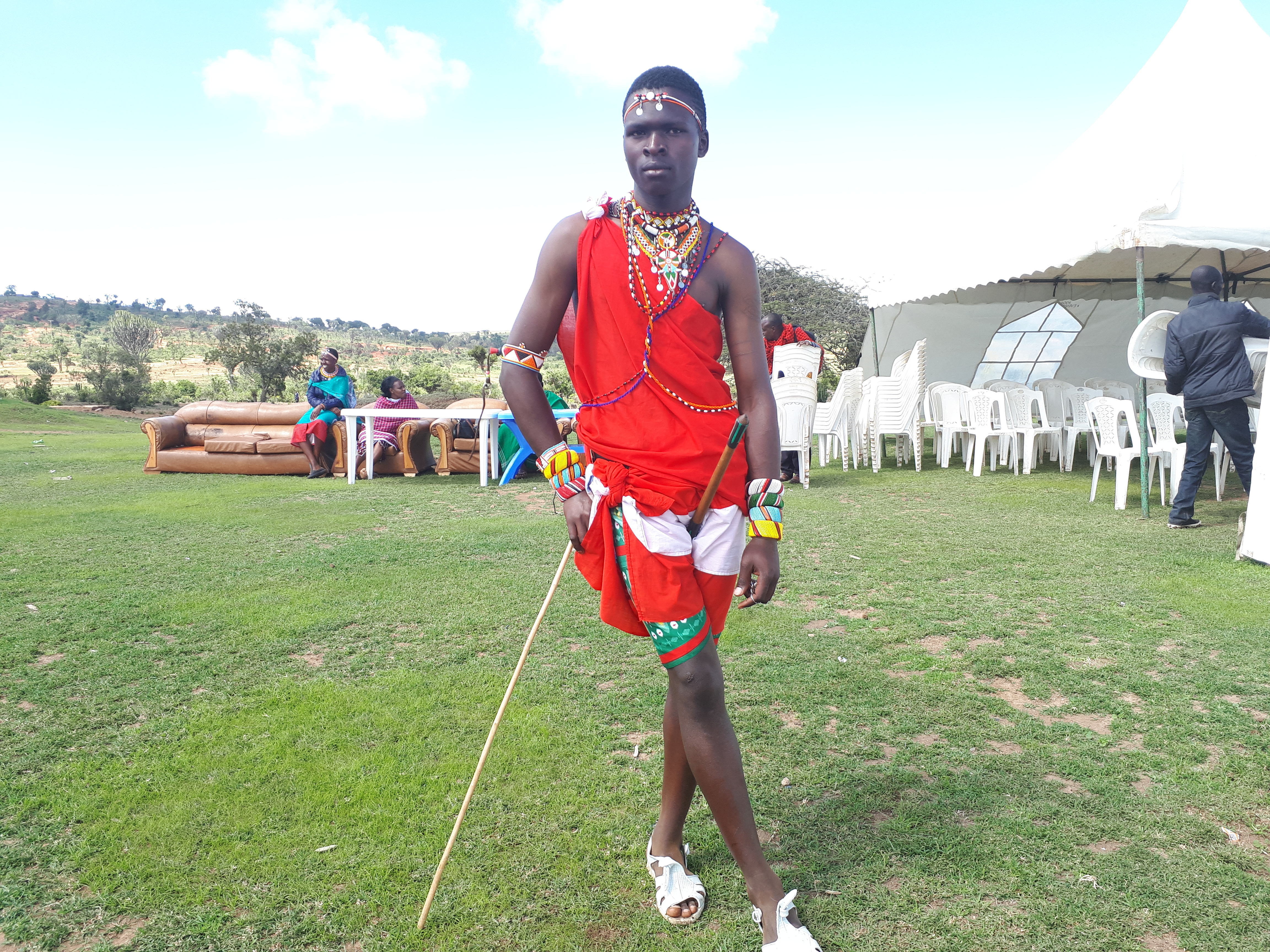


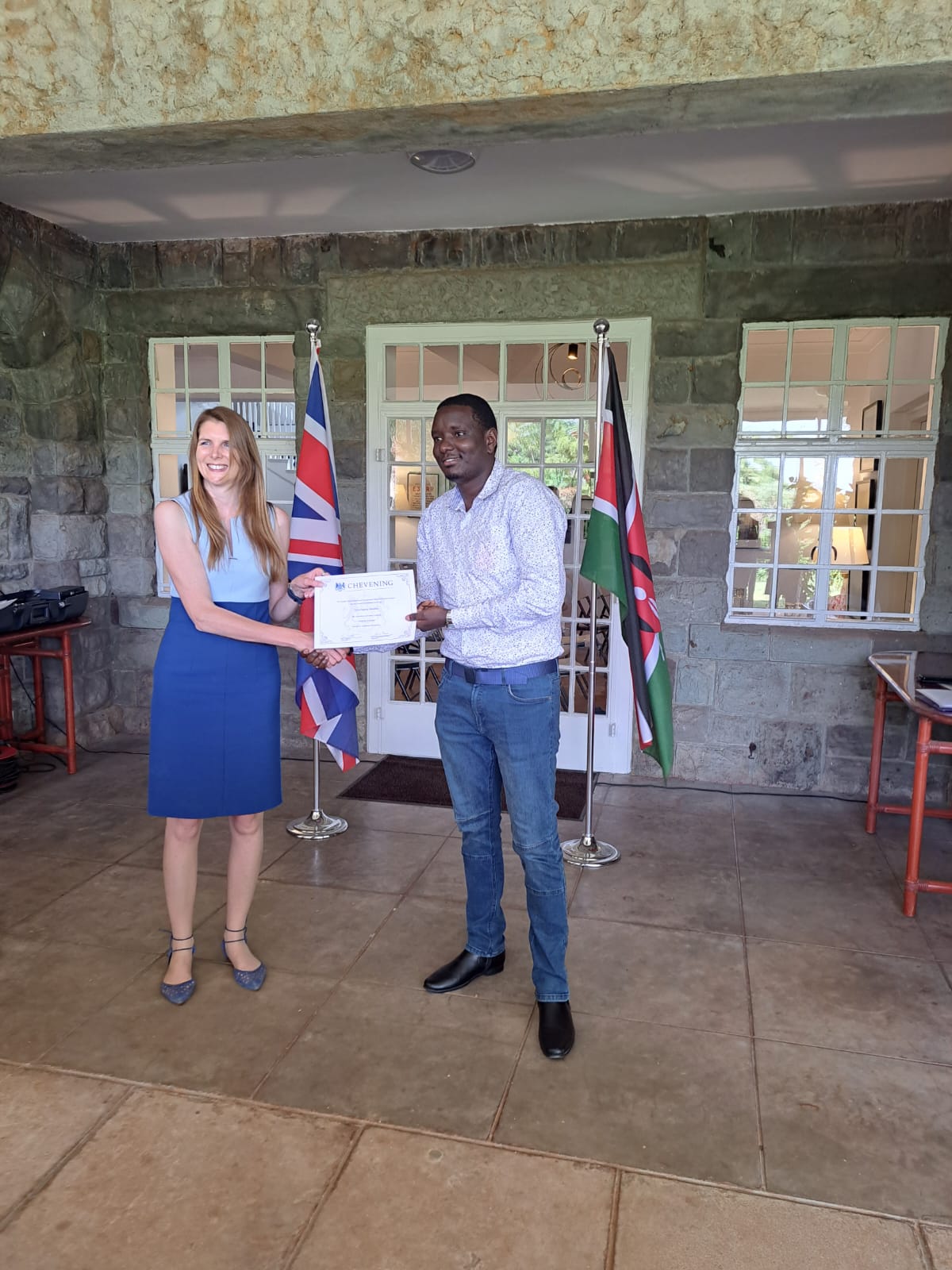
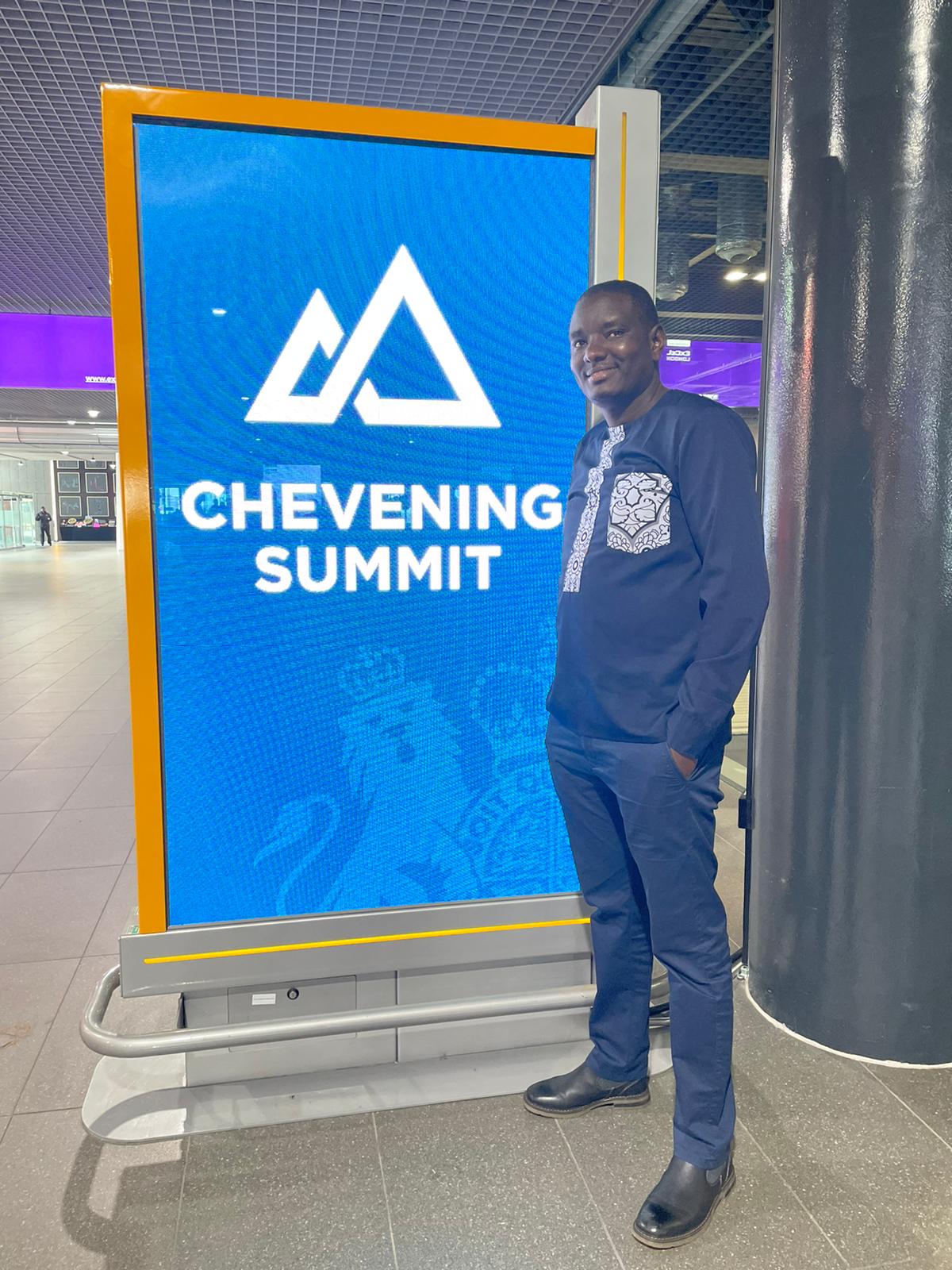
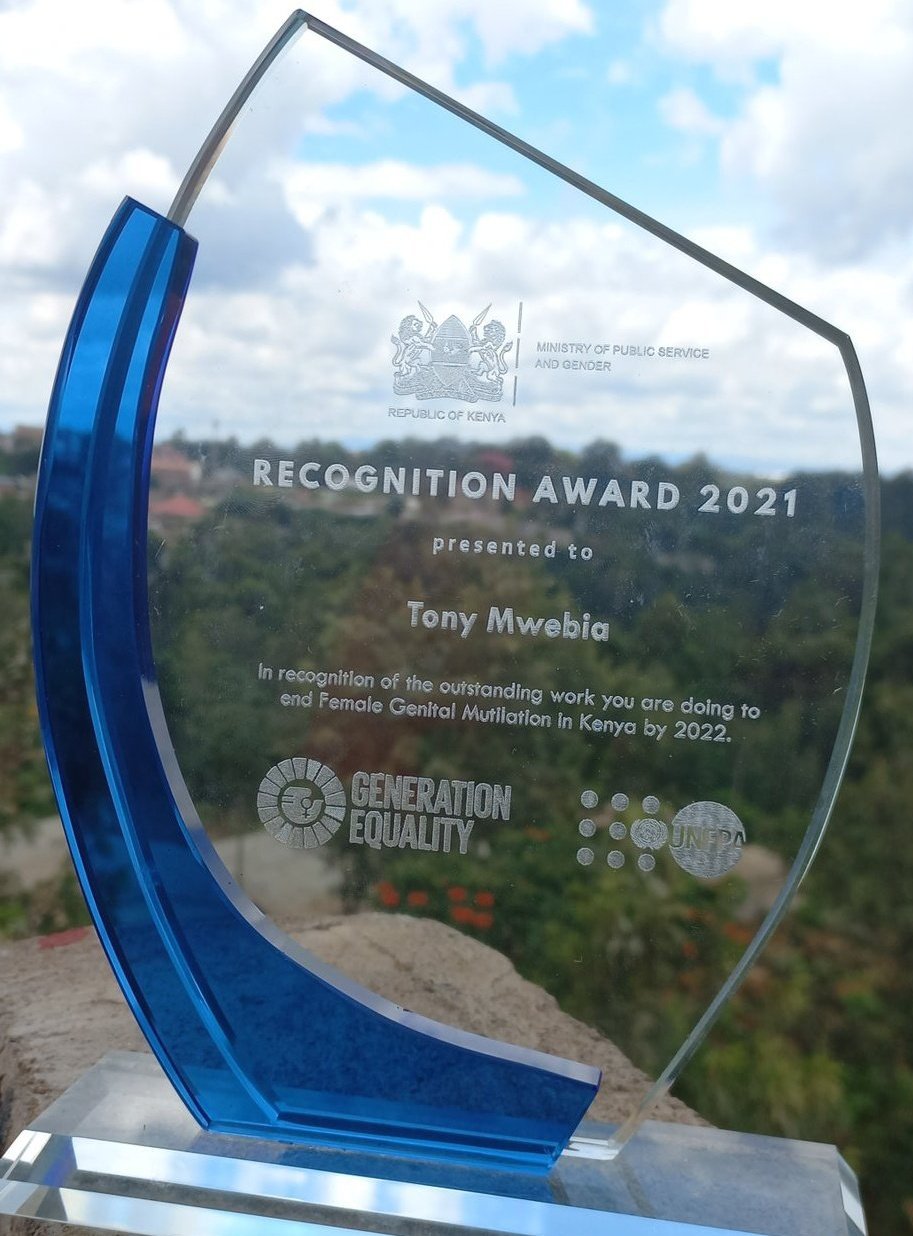
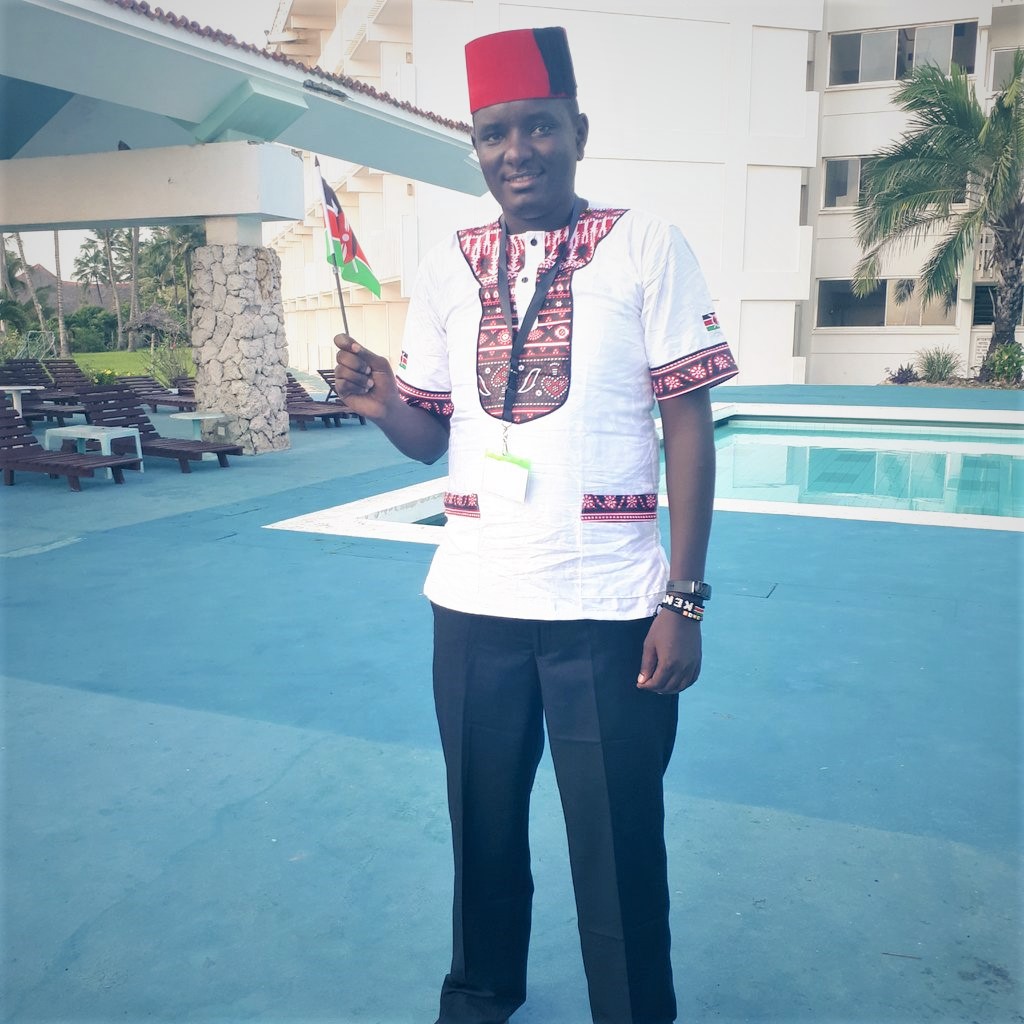
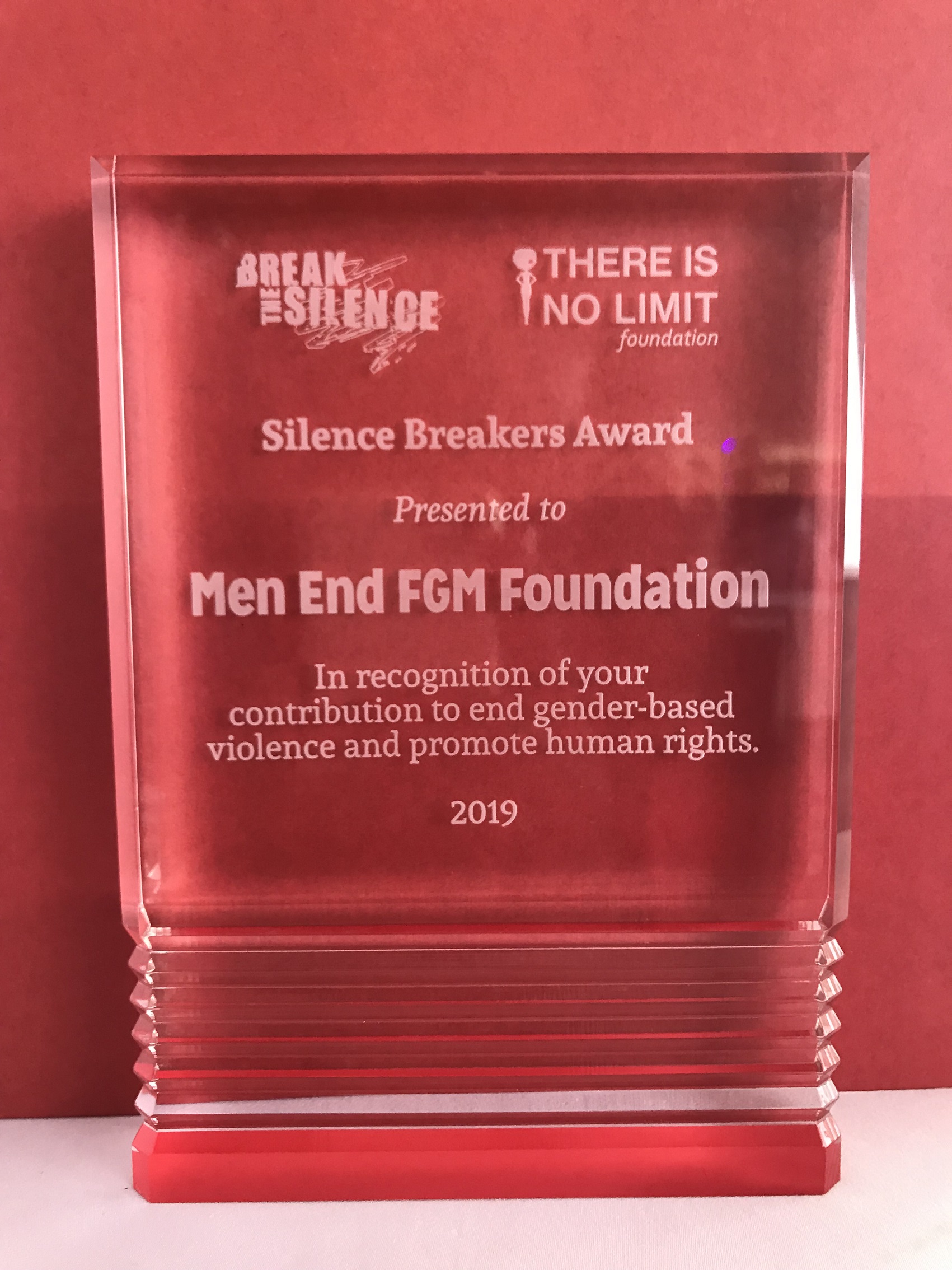
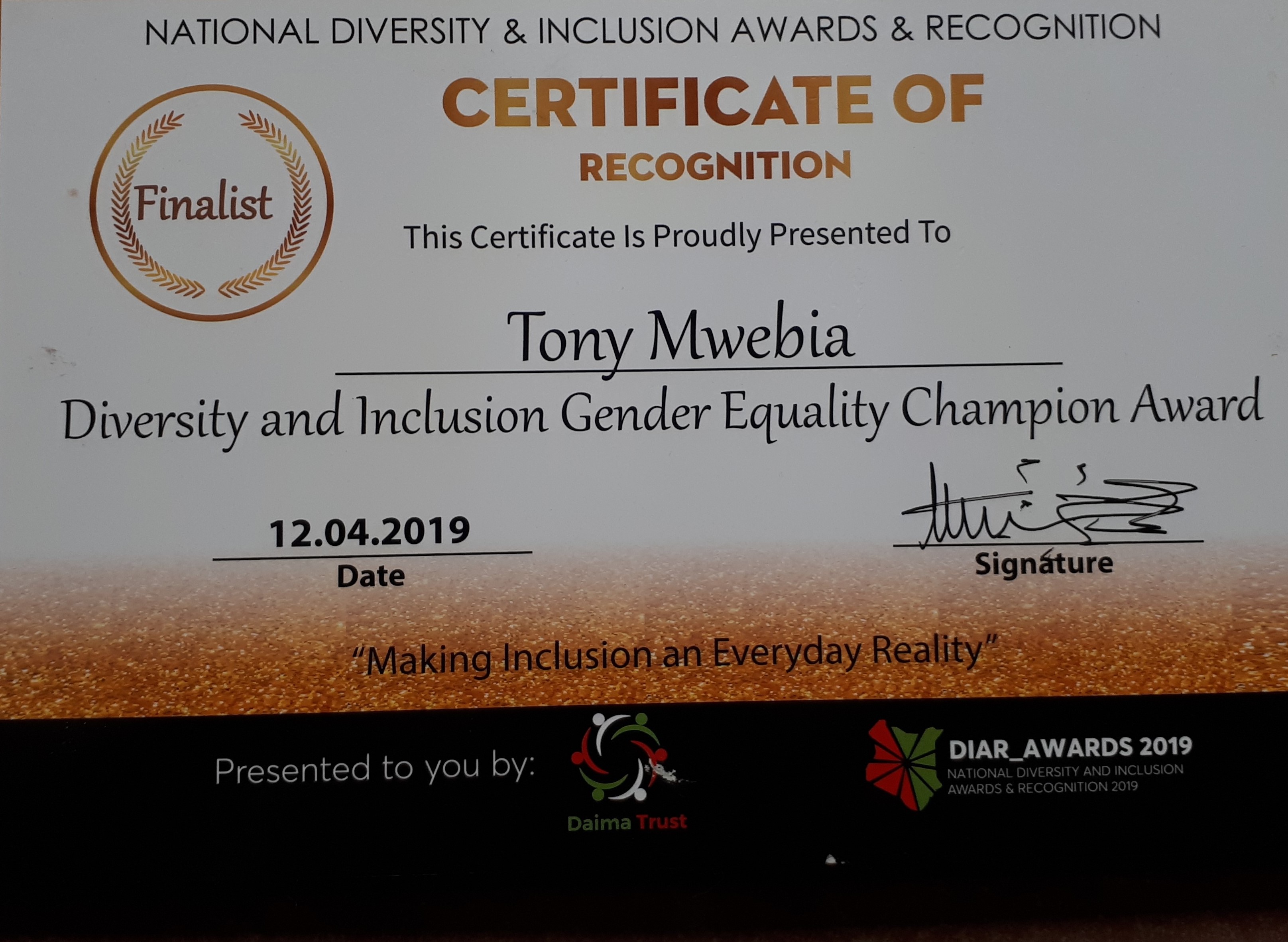
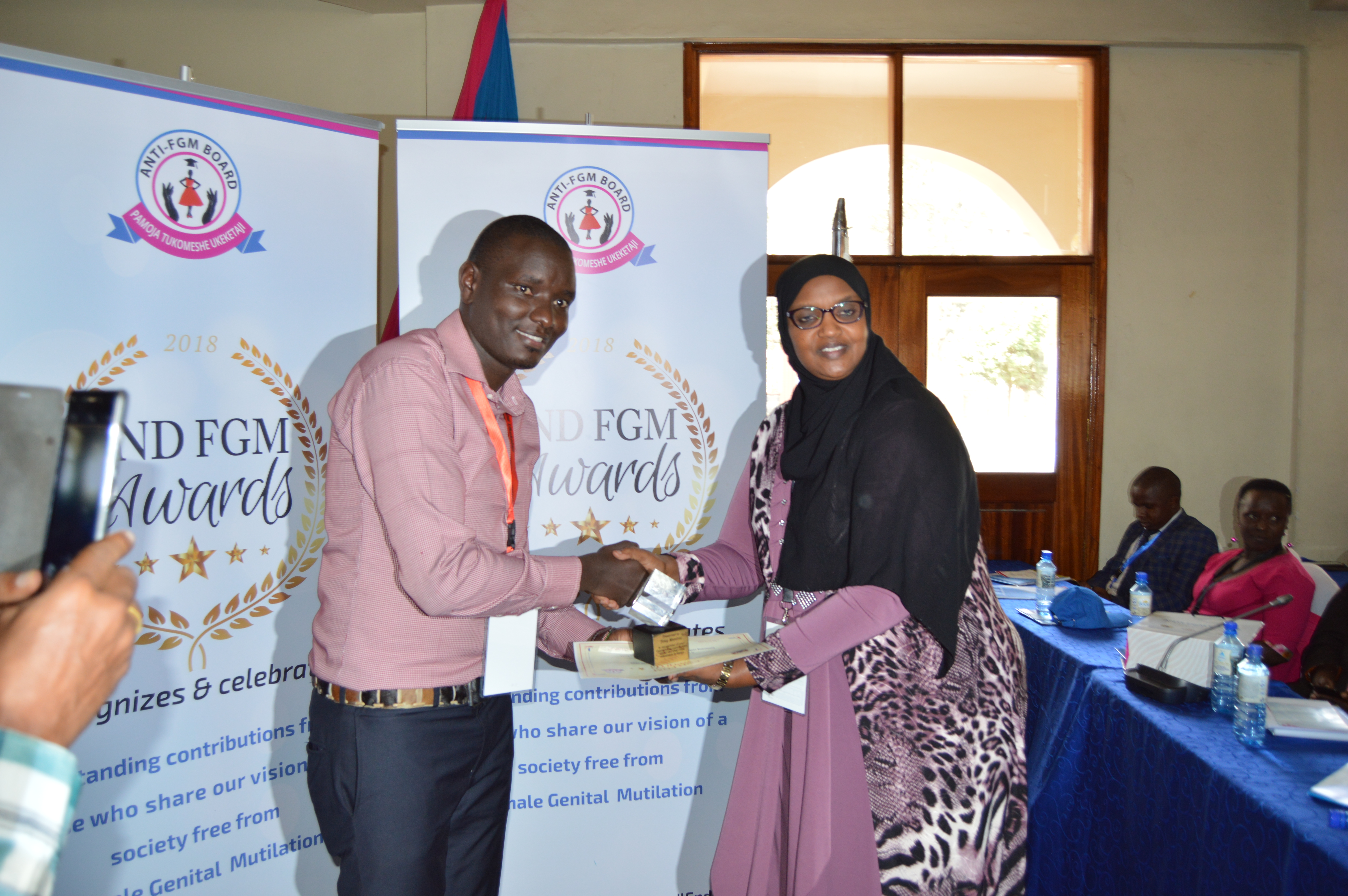
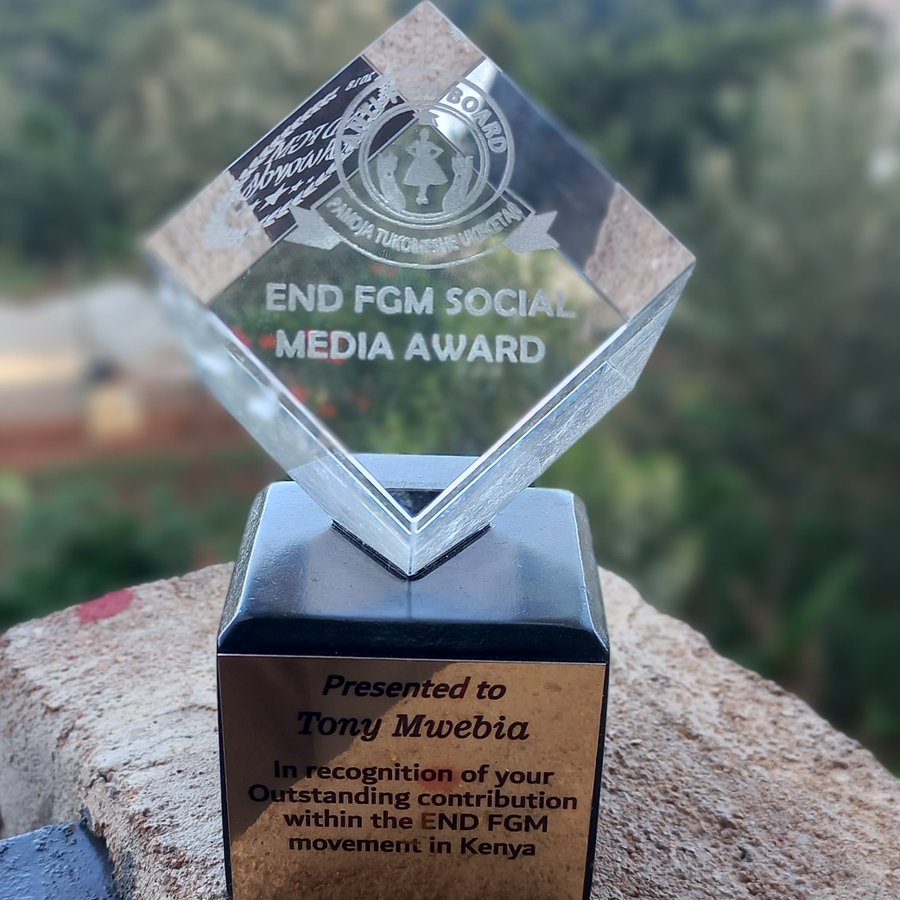
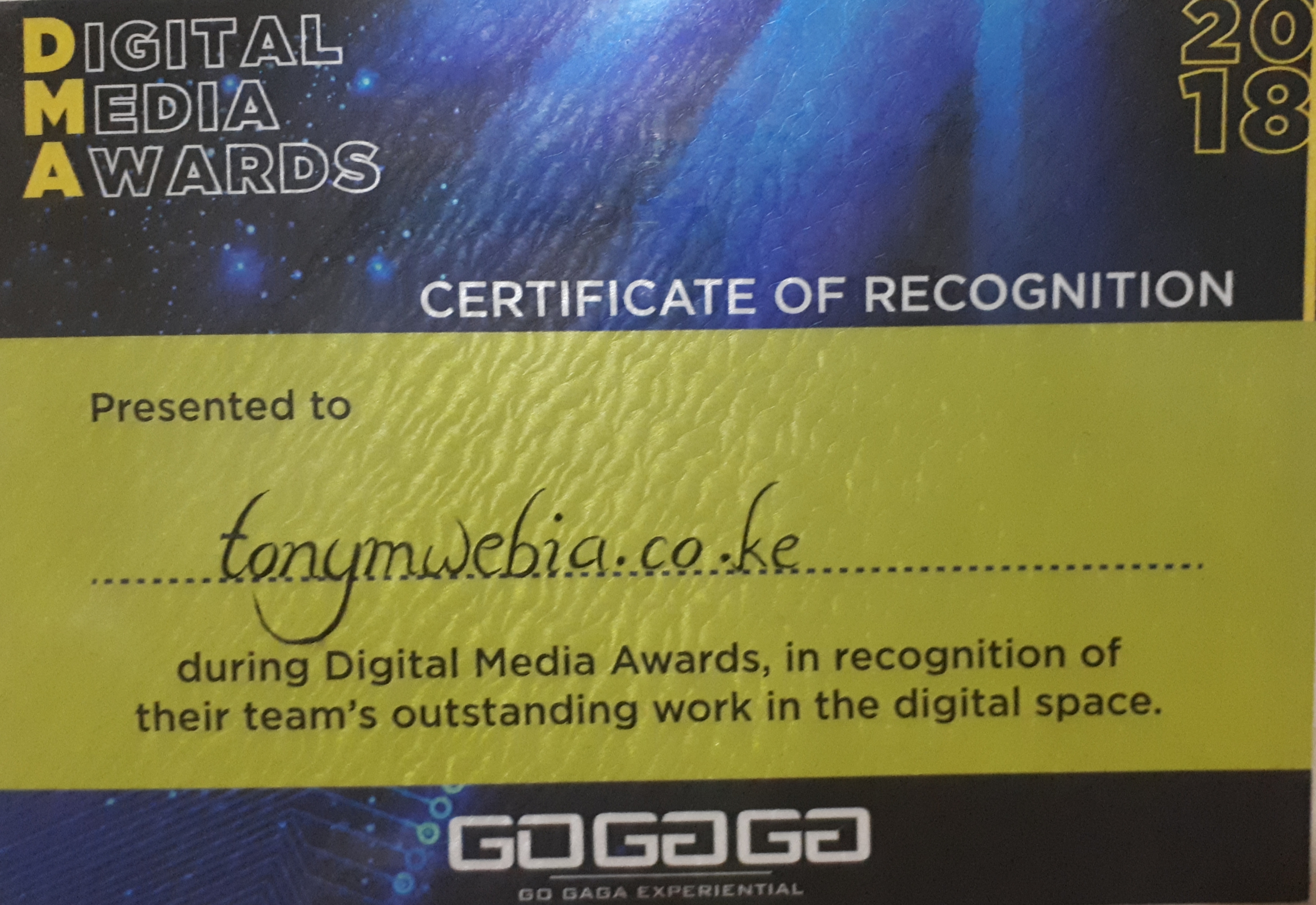

I fully agree with you Tony. The day men will say no to FGM, that will be the end. And there are several reasons to this argument. You have touched a few. But how do we bring to say no to fgm? We need to think strategically.
By rallying, lobbying and sensitizing them vigorously